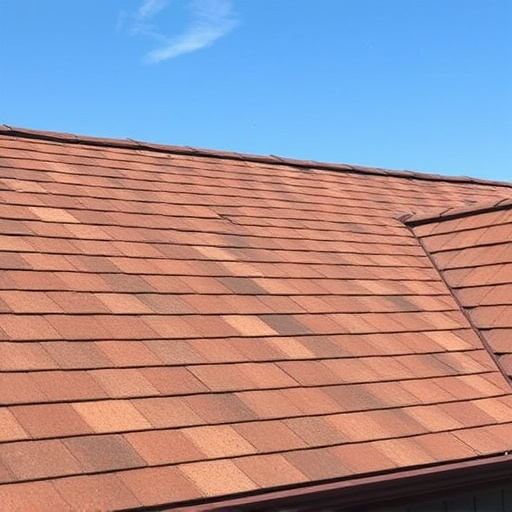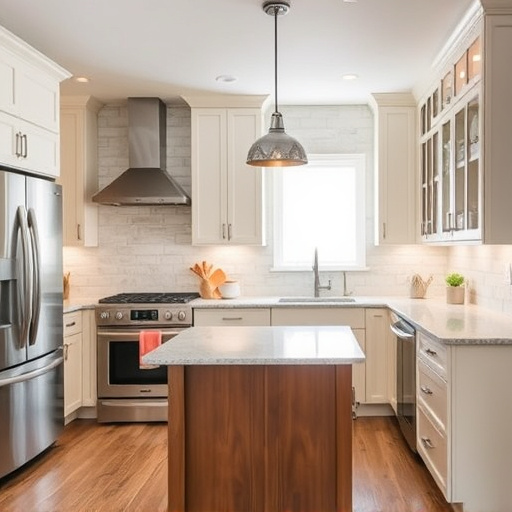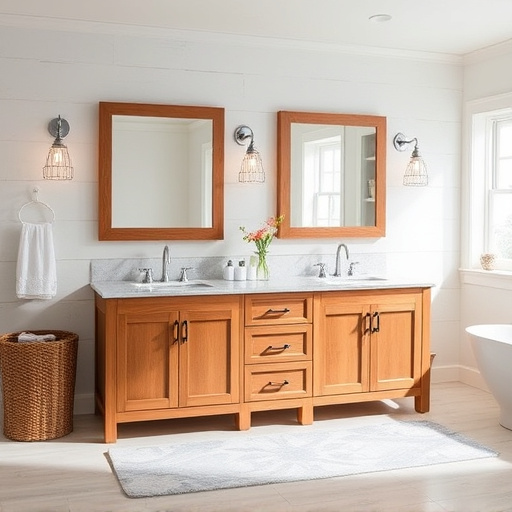Before flooring replacement, assess current floor condition, plan timing, budget, and ensure compatibility with interior design. Choose durable, style-complementing flooring for visual harmony. Meticulously clean, measure, and prepare existing surface using advanced tools. Consider sticky back underlayment for flexibility, ease of adjustment before permanent adhesive.
Seamless transitions in flooring replacement can elevate your home or business space, ensuring a polished and cohesive look. This comprehensive guide will walk you through the process from start to finish. First, assess and plan your floor replacement project meticulously. Then, select the ideal flooring that complements your existing décor. Learn about expert installation techniques to achieve a perfect fit, ensuring long-lasting results. Discover tips and tricks for a seamless transition with these essential steps.
- Assess and Plan Your Floor Replacement
- Choose the Right Flooring for Seamless Transition
- Installation Techniques for Perfect Fit
Assess and Plan Your Floor Replacement
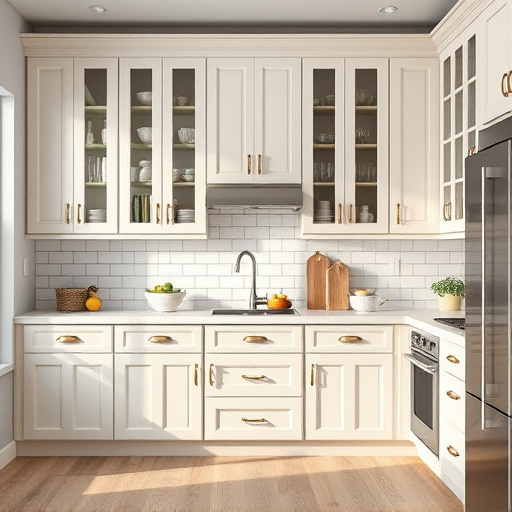
Before diving into any flooring replacement project, it’s crucial to begin with a thorough assessment and meticulous planning phase. Start by evaluating the condition of your current floor. Is it damaged beyond repair, or can it be restored? Consider factors like size, shape, and layout of the room – these will impact your material choices and installation methods. For instance, a bathroom remodel might require water-resistant flooring options.
Next, plan your timing and budget. Flooring replacement involves various materials and labor costs, so create a realistic timeline and allocate financial resources accordingly. Integrate your new floor with existing interior painting and ensure it complements functional spaces within the room. This strategic planning will set you up for successful transitions, resulting in a stunning and seamless new floor that elevates your living environment.
Choose the Right Flooring for Seamless Transition
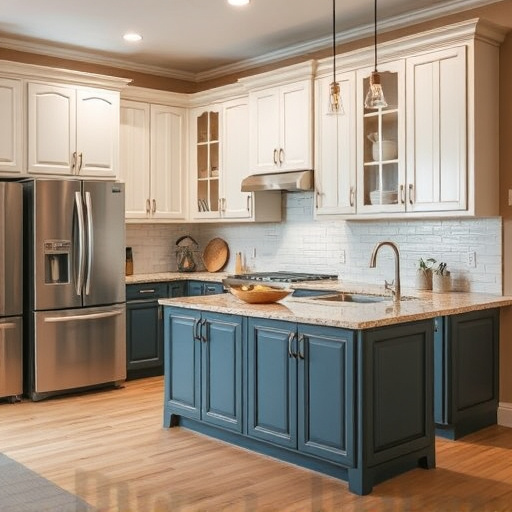
When planning a flooring replacement project, one key aspect to ensure a seamless transition is selecting the appropriate flooring type for your space. The right flooring can create a cohesive look and feel throughout your home transformations or additions. Consider factors like durability, style, and functionality, especially when it comes to high-traffic areas such as kitchens and entryways during kitchen renovations.
Choosing flooring that complements existing materials and finishes helps maintain visual harmony. For instance, if you’re going for a modern aesthetic in your home additions, sleek hardwood or luxury vinyl planks can create a unified look. Alternatively, for a cozy feel in your kitchen renovations, plush carpeting or tile with an appealing pattern could be ideal. Seamless transitions start with the perfect flooring choice to set the stage for a beautiful and cohesive space.
Installation Techniques for Perfect Fit
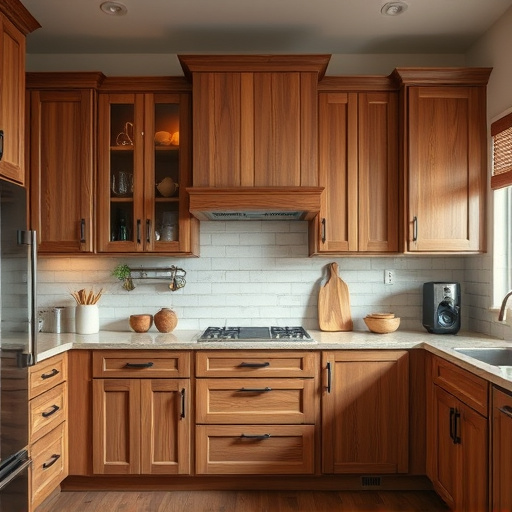
Achieving a seamless transition during flooring replacement requires careful consideration of installation techniques. The key to a perfect fit lies in meticulous measuring and planning. Before beginning, ensure all floor surfaces are clean, dry, and free from debris or old adhesive residue. Use advanced measurement tools for accurate results, especially in complex layouts or unique room shapes. This ensures the new flooring aligns perfectly with adjacent surfaces like walls, doors, and other fixtures.
For a seamless look, various installation techniques can be employed. One common method is sticky back underlayment, which provides a temporary bond while allowing adjustments before permanent adhesive is applied. This technique is particularly useful for larger floor areas or when incorporating new flooring into existing spaces, such as during kitchen and bath renovations. Professional renovation services often recommend this approach due to its ease and flexibility, ensuring minimal disruption and maximizing the aesthetic appeal of floor replacements.
Seamless transitions in flooring replacement are achievable through proper planning, selecting the ideal flooring material, and utilizing effective installation techniques. By assessing your space, choosing a floor that complements existing aesthetics, and employing expert installation methods, you can create a harmonious look that enhances your living spaces. Remember, the right approach to flooring replacement goes beyond aesthetics; it’s about ensuring durability, comfort, and visual continuity for years to come.
